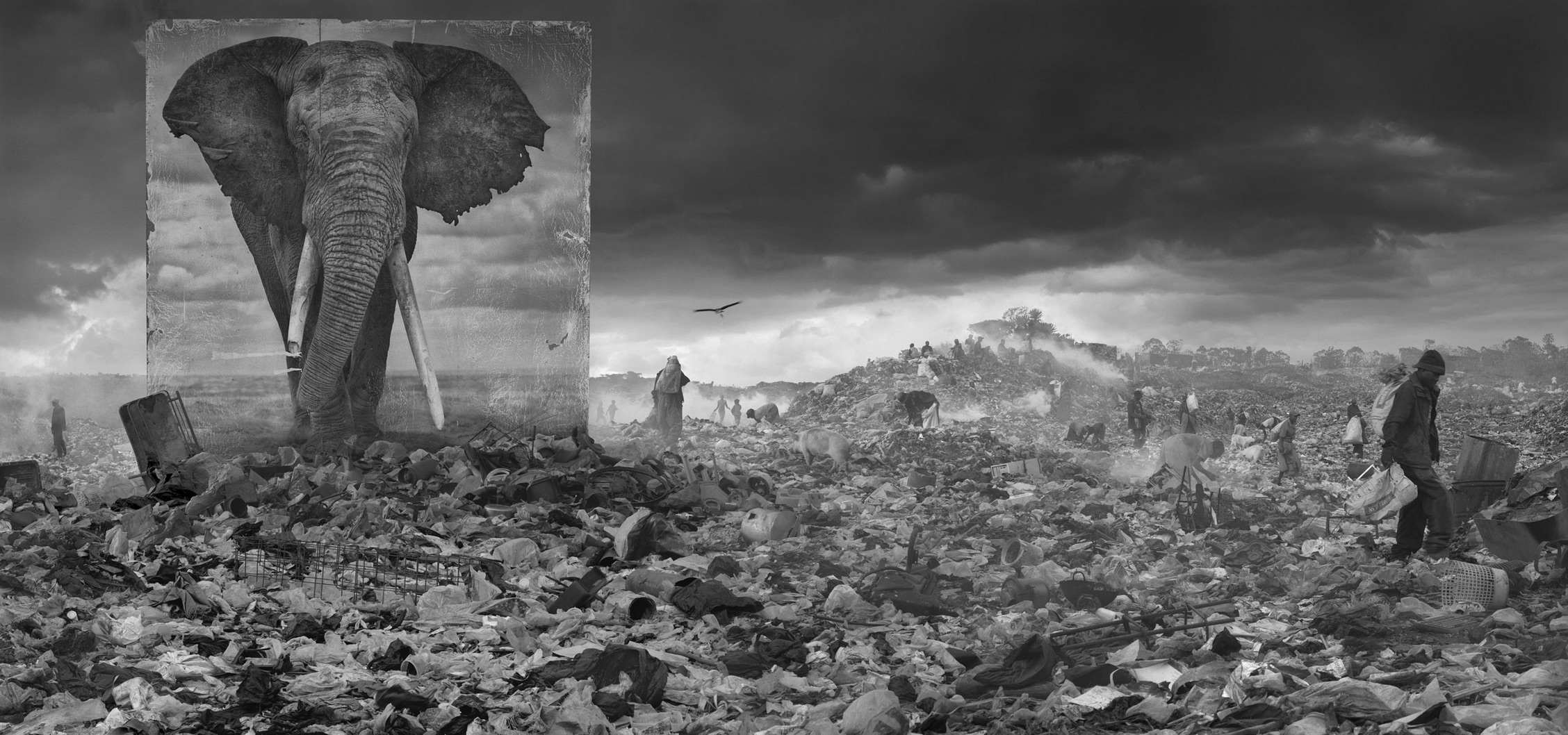[tube]ngSGIjwwc4U[/tube]
The classic documentary and social experiment continues with the release this week of “56 Up”. Michael Apted began this remarkable process with a documentary called “7 Up” in 1964. It followed the lives of 14 British children aged 7, from different socio-economic backgrounds. Although the 7 Up documentary was initially planned to be a one-off, subsequent installments followed in seven-year cycles. Each time Apted would bring us up to date with the lives of his growing subjects. Now, they are all turning 56 years old. Fifty-six years on the personal stories are poignant and powerful, yet class divisions remain.
[div class=attrib]From the Telegraph:[end-div]
Life rushes by so fast, it flickers today and is gone tomorrow. In “56 Up” — the latest installment in Michael Apted’s remarkable documentary project that has followed a group of Britons since 1964, starting when they were 7 — entire lifetimes race by with a few edits. One minute, a boy is merrily bobbing along. The next, he is 56 years old, with a wife or an ex, a few children or none, a career, a job or just dim prospects. Rolls of fat girdle his middle and thicken his jowls. He has regrets, but their sting has usually softened, along with everything else.
In a lot of documentaries you might not care that much about this boy and what became of him. But if you have watched any of the previous episodes in Mr. Apted’s series, you will care, and deeply, partly because you watched that boy grow up, suffer and triumph in a project that began as a news gimmick and social experiment and turned into a plangent human drama. Conceived as a one-off for a current-affairs program on Granada Television, the first film, “Seven Up!,” was a 40-minute look at the lives of 14 children from different backgrounds. Britain was changing, or so went the conventional wisdom, with postwar affluence having led the working class to adapt middle-class attitudes and lifestyles.
In 1963, though, the sociologists John H. Goldthorpe and David Lockwood disputed this widely held “embourgeoisement thesis,” arguing that the erosion of social class had not been as great as believed. In its deeply personal fashion, the “Up” series went on to make much the same point by checking in with many of the same boys and girls, men and women, every seven years. Despite some dropouts, the group has remained surprisingly intact. For better and sometimes worse, and even with their complaints about the series, participants like Tony Walker, who wanted to be a jockey and found his place as a cabby, have become cyclical celebrities. For longtime viewers they have become something more, including mirrors.
It’s this mirroring that helps make the series so poignant. As in the earlier movies, Mr. Apted again folds in older material from the ages of 7, 14 and so on, to set the scene and jog memories. The abrupt juxtapositions of epochs can be jarring, unnerving or touching — sometimes all three — as bright-faced children bloom and sometimes fade within seconds. An analogous project in print or even still photographs wouldn’t be as powerful, because what gives the “Up” series its punch is not so much its longevity or the human spectacle it offers, but that these are moving images of touchingly vibrant lives at certain moments in time and space. The more you watch, the more the movies transform from mirrors into memory machines, ones that inevitably summon reflections of your own life.
Save for “Seven Up!,” filmed in gorgeous black and white, the documentaries are aesthetically unremarkable. Shot in digital, “56 Up” pretty much plays like the earlier movies, with its mix of interviews and location shooting. Every so often you hear someone off screen, presumably Mr. Apted, make a comment, though mostly he lets his choice of what to show — the subjects at work or play, with family or friends — and his editing do his editorializing. In the past he has brought participants together, but he doesn’t here, which feels like a missed opportunity. Have the three childhood friends from the East End of London, Jackie Bassett, Lynn Johnson and Sue Sullivan, two of whom have recently endured heart-rendingly bad times, remained in contact? Mr. Apted doesn’t say.
With few exceptions and despite potential path-changing milestones like marriages and careers, everyone seems to have remained fairly locked in his or her original social class. At 7, Andrew Brackfield and John Brisby already knew which universities they would or should attend. “We think,” John said in “Seven Up!, “I’m going to Cambridge and Trinity Hall,” though he landed at Oxford. Like Mr. Brackfield, who did attend Cambridge, Mr. Brisby became a lawyer and still sounds to the manner born, with an accent that evokes old-fashioned news readers and Bond villains. The two hold instructively different views about whether the series corroborates the first film’s thesis about the rigidity of the British class structure, never mind that their lives are strong evidence that little has changed.
[div class=attrib]Read the entire article following the jump.[end-div]
[div class=attrib]Video: 7 Up – Part 1. Courtesy of World in Action, Granada TV.[end-div]


 Hint. The answer is not shameless self-promotion or exploitative voyeurism; images used in this way may scratch a personal itch, but rarely influence fundamental societal or political behavior. Importantly, photography has given us a rich, nuanced and lasting medium for artistic expression since cameras and film were first invented. However, the principal answer is lies in photography’s ability to tell truth about and to power.
Hint. The answer is not shameless self-promotion or exploitative voyeurism; images used in this way may scratch a personal itch, but rarely influence fundamental societal or political behavior. Importantly, photography has given us a rich, nuanced and lasting medium for artistic expression since cameras and film were first invented. However, the principal answer is lies in photography’s ability to tell truth about and to power.